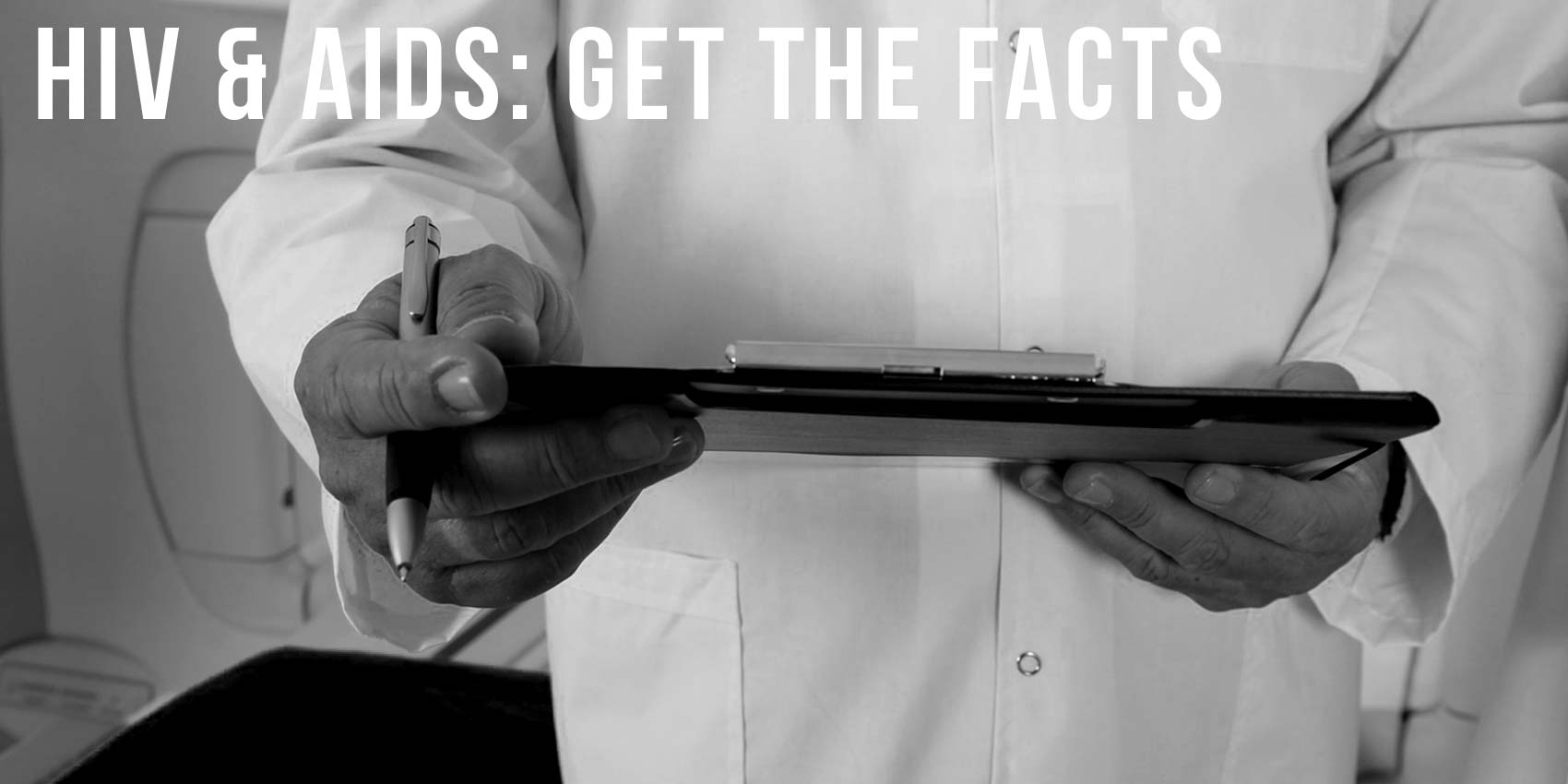16 Sep HIV & AIDS: get the facts.


DID YOU KNOW? ALL of the STIs discussed increase a person’s susceptibility to contracting HIV/AIDS. In addition, people with HIV/AIDS and an STI are more likely to transmit HIV/AIDS. To repeat: STIs increase susceptibility and transmission of HIV/AIDS.
(Source: https://aidsinfo.nih.gov/understanding-hiv-aids/fact-sheets/26/98/hiv-and-sexually-transmitted-diseases–stds-)
HIV (human immunodeficiency virus) is the virus that causes AIDS (acquired immunodeficiency syndrome). AIDS is a disease that interferes with the body’s immune system—its natural ability to fight infection and keep the body and mind healthy. HIV attacks the body’s T-cells which are the cells that help the body fight off pathogens (For more information on this see the immune system). When the HIV virus attacks a T-cell, it replaces the cell’s genetic information with its own information, compromising (meaning, weakening) the cell’s natural ability to fight infection. Over time, the immune system becomes weaker. When the body can no longer fight the attacking pathogens, AIDS develops. If not treated with anti-retrovirals, AIDS can cause death. Although anti-retrovirals are effective for some in managing AIDS by slowing the progress of the disease and prolonging life, they do not cure it. No cure exists.

DID YOU KNOW? About 50,000 people get HIV each year and 1 in 4 of those people are aged 13-24.
(Source: https://www.cdc.gov/vitalsigns/hivamongyouth/index.html)
A person can carry HIV and spread it to other people via:
- blood,
- sperm,
- fluid from the vagina, and
- breast milk (breast milk is made from blood).
The methods of transmission are mother to child (via breast milk, pregnancy, and delivery), unprotected sexual intercourse, and through sharing needles (needles for vaccines, illegal drugs, blood drawn and tattoos—make sure if you have a reason to use a needle that it is sterile)

DID YOU KNOW? “122 cases of HIV were diagnosed in children younger than 13 years of age in the United States.”
(Source: https://aidsinfo.nih.gov/understanding-hiv-aids/fact-sheets/25/82/hiv-and-children-and-adolescents)
HIV (and AIDS) is NOT spread via:
- touching people
- donated blood supply that has been tested
- breathing the same air as someone infected with HIV
- swimming in the same pool
- sharing utensils
- hugging or shaking hands
- using the same shower, bath or toilet as an infected person
- being bitten by a mosquito
You can NOT get HIV from kissing, sharing drinks, toilet seats, dancing, or sweat.
Many people do not know they have HIV because they have never been tested—the only way you can know for sure if you have it. The test indicates if HIV antibodies are present in your blood. Medications are available that are effective. These anti-retrovirals keep T-cell counts above 200 to help your body fight the infection and keep the virus from mutating (meaning, multiplying and spreading). However, the meds do not work for everyone and some people have awful side effects. Many more people can not afford them and in many parts of the world, they are simply not available.
All this information about AIDS and HIV and even the STIs can be a bit scary and/or tough to read. But by reading all this information you are learning how to keep yourself safe and healthy. And by reading about who you are and strengthening your belief systems, you are more likely to keep up the good health because you honor yourself and you know how to do that!



Ponyboy Curtiss
Posted at 14:00h, 07 Junethis is the best. ive learned so much.